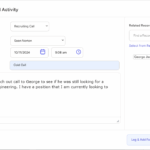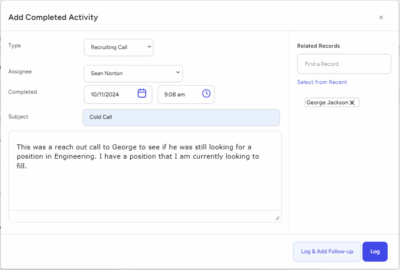Flexible work arrangements, such as telecommuting, flexible scheduling, and compressed workweeks, have become increasingly popular in recent years. These arrangements offer employees greater control over their work schedules, which can improve work-life balance and overall job satisfaction. In this article, we will explore the benefits of flexible work arrangements and why offering work-life balance is good for business.
What are Flexible Work Arrangements?
Flexible work arrangements refer to alternative working arrangements that offer employees greater flexibility in terms of when, where, and how they work. These arrangements are designed to help employees balance their work and personal responsibilities, while also increasing their job satisfaction and overall well-being.
Flexible arrangements can take many forms, such as remote work, compressed work weeks, part-time work, job sharing, and flexible scheduling. In a remote work arrangement, employees work from a location outside of the traditional office, such as from home or a co-working space. In a compressed work week, employees work longer hours on fewer days. In a part-time work arrangement, employees work fewer hours per week than a full-time employee. In a job sharing arrangement, two employees share one job, dividing the responsibilities and hours between them. In a flexible scheduling arrangement, employees have the ability to adjust their start and end times, as well as their lunch breaks.
Flexible arrangements offer many benefits to both employers and employees. For employees, flexible work arrangements offer greater autonomy and control over their work schedules, which can lead to improved work-life balance and reduced stress. For employers, flexible arrangements can increase employee productivity, reduce absenteeism, and attract and retain top talent.
Overall, flexible work arrangements are becoming increasingly popular as organizations recognize the benefits of offering greater flexibility to their employees.
Improved Work-Life Balance
One of the primary benefits of flexible arrangements is improved work-life balance. By allowing employees to have greater control over their work schedules, they are better able to balance their personal and professional responsibilities. This can lead to reduced stress, improved mental health, and greater job satisfaction.
Flexible work arrangements can also help employees better manage their caregiving responsibilities. For example, employees with children or elderly parents may need to adjust their work schedules to accommodate their caregiving responsibilities. By offering flexible arrangements, employers can support their employees’ caregiving responsibilities and help them achieve a better work-life balance.
Increased Productivity
Contrary to popular belief, flexible arrangements can actually increase productivity. When employees are able to work during their most productive hours and in environments that best suit their needs, they are more likely to produce high-quality work. Additionally, when employees are less stressed and more satisfied with their work-life balance, they are more likely to be engaged and motivated, which can lead to increased productivity.
Greater Access to Talent
By offering flexible work arrangements, employers can attract and retain a wider range of talent. This is particularly true for individuals with caregiving responsibilities, disabilities, or other commitments that make traditional work schedules challenging. By offering flexible arrangements, employers can tap into a wider pool of talent and benefit from the unique skills and perspectives of a diverse workforce.
Reduced Costs for Flexible Work Arrangements
Flexible work arrangements can also help employers reduce costs. For example, by allowing employees to telecommute, employers can reduce the need for office space and other overhead expenses. Additionally, by reducing employee turnover and absenteeism, employers can save on the costs associated with recruiting and training new employees.
Improved Employee Retention
Flexible work arrangements can also help improve employee retention. When employees are able to achieve a better work-life balance, they are more likely to be satisfied with their jobs and less likely to leave for other opportunities. Additionally, when employees feel valued and supported by their employers, they are more likely to be loyal and committed to their organization.
Tips for Implementing Flexible Work Arrangements
While the benefits of flexible work arrangements are clear, it is important for employers to implement them in a way that is effective and sustainable. Here are some tips for implementing flexible arrangements:
Develop Clear Policies and Guidelines: It is important to develop clear policies and guidelines for flexible arrangements. This can help ensure that employees understand their options and responsibilities, and that expectations are clear.
Communicate Effectively: Effective communication is key to successfully implementing flexible arrangements. Employers should communicate regularly with employees and provide ongoing support and guidance.
Provide Adequate Resources: Employers should provide employees with the resources they need to work effectively in a flexible work environment. This may include technology, training, and support services.
Set Clear Performance Expectations: It is important to set clear performance expectations for employees working in a flexible work environment. This can help ensure that employees remain productive and focused on achieving their goals.
Monitor and Evaluate Performance: Employers should regularly monitor and evaluate employee performance in a flexible work environment. This can help identify areas for improvement and ensure that employees are meeting their goals and expectations.
Offering flexible work arrangements can have a wide range of benefits for employers and employees alike. By improving work-life balance, increasing productivity, attracting a wider range of talent, reducing costs, and improving employee retention, employers can benefit from a more engaged, satisfied, and productive workforce.








